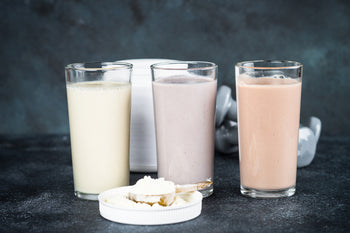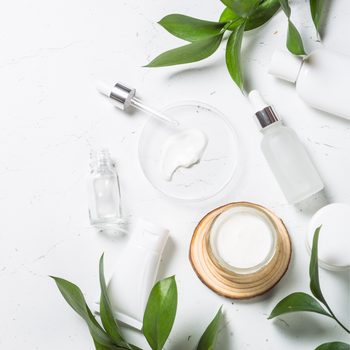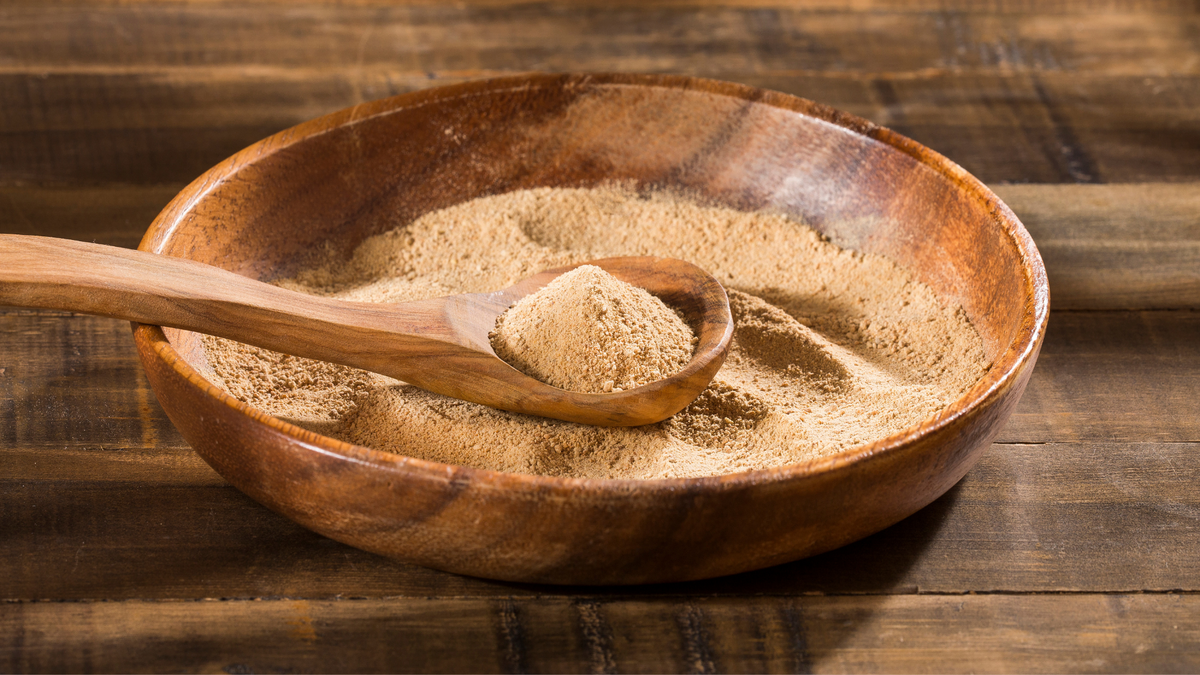 Categories
CategoriesDiet & Exercise
Discover More Articles

It’s no secret that stress can take a toll on our body, mind, and brain. December is not the month to throw your self-care and mental health priorities out the window.

5 Ways to Stay Motivated This Winter
When the seasons change it suddenly becomes harder to get out and exercise. Winter fitness programs aren’t the easiest to stick to, but they’re imperative to your overall health and well-being. So with that in mind, let’s take a look at what you can do to stay motivated and successful with your winter fitness goals.

How to Detox After Holiday Feasts
If you’re having a hard time committing to your diet over the holidays, you’re not alone. And the good news is you don’t have to be perfect to maintain your weight over the holiday season. Try following these simple detox tips after each scrumptious holiday meal and start the new year fresh and ready to finally achieve your health and fitness goals.

High Protein Meal Replacement Shakes
Meal replacement shakes aren’t just low in calories, they’re high in essential nutrients your body needs to keep yourself nourished and your stomach feeling full, while helping also you maintain or lose weight. Protein provides numerous benefits to your body, including fueling the entire body, helping build muscle mass and being a key component to essential substances your body needs, like antibodies and blood.

Skin Cycling: all about the newest trend
The skin cycling hashtag has been viewed over 3 billion times on TikTok—and dermatologists say it's a strategy worth trying.The term "skin cycling" is all about taking a cyclical approach to your facial skincare routine.

Get ready for a plumper, perkier-looking neckline
Meet our new luscious neck cream featuring our proprietary elasticizing bioactive plant blend that targets lines and texture, so your neckline appears smoother, renewed & 10 years younger looking!

TRENDING MAKEUP HACK: BLUSH & BRONZER AS EYESHADOW
By selecting shades that complement each other, you can achieve a harmonious and polished makeup look without the need for multiple products.

5 signs you need more electrolytes
Electrolytes help with hydration by ensuring the body can actually absorb and use the water you drink—preventing dehydration in the presence of sufficient water intake.

Ring In 2025 With ✨ Glowing ✨ Skin…And FREE Boosters!

Better Ingredients, Better You
Your health goals aren’t one-size-fits-all, so your supplements shouldn’t be either. That’s why we designed the Power Line to target different pillars of performance and wellness — from appetite control to anti-aging to athletic power.

Edward Milo Millet was the first herbalist I worked with professionally. He helped John Christopher write The School of Natural Healing and was a linguist, fluent in Spanish. He had traveled extensively in South America studying medicinal herbs and told me that South America was a tremendous untapped resource for botanical medicines. Unfortunately, Ed never realized his dream of bringing some of these South American remedies into the American marketplace, but over the years since then, his vision has proven true as many South American herbs have come to market.
One of the more recent introductions is maca. Maca (Lepidium peruvianum) is a member of the mustard family—related to radishes and turnips. One of its closest relatives is garden cress (Lepidium sativum) which, like many other members of this family, is used primarily as an immune-enhancing herb.
About Maca
Maca is a hardy perennial plant that grows in the Andes mountains between 11,000 and 14,000 feet. Exposed to the rough climate of these high altitudes, maca grows close to the ground. It produces a pear-shaped root, which can be eaten raw, baked, boiled or dried for future use. Maca was domesticated over 2000 years ago. High in protein, iodine, and iron, it has served the people of the Andes as a food, medicine, and animal feed.
The plant has a reputation as an aphrodisiac and energy tonic. Legend has it that Inca warriors would consume maca before battle to increase their fighting ability. However, once the battle was over, the warriors were prohibited from consuming maca to protect the conquered women from their powerful sexual drives. Whether the story is true or not, maca has a long-held reputation in Peru for enhancing strength, libido, sexual performance and stamina.
I’ve also read that the Spanish were having trouble with infertility in their animals after conquering the area. The natives suggested they feed the animals maca and the problem was resolved. Even today, maca is used in Peru to increase fertility in both animals and humans.
As an energy tonic, maca is used to overcome fatigue and increase mental clarity. There are also claims that maca has benefited people with autoimmune disorders like fibromyalgia and chronic fatigue syndrome.
Maca Research
Some scientific research has been done on the constituents of maca. A group of compounds called aromatic isothiocyanates have been found that appear to have aphrodisiac properties. Another group of compounds called glucosinolates appeared to have a beneficial effect on fertility. Research done in 1998 by Dr. Qun Yi Zheng and his colleagues revealed the presence of novel compounds called macamides and macaenes. Results of their research on these compounds were published in the April 2000 issue of Urology. Rodents fed these compounds demonstrated increased energy, stamina, and sexual activity. These compounds appear to have the same effect on humans.
Using Maca
Peruvians eat maca as a food, which means they typically consume 3,000 to 5,000 milligrams daily, which would be 6 to 10 capsules. Many companies also sell standardized extracts, with a guaranteed potency of macaenes and macamides. For a 4:1 concentrate, the dose would only be 1 capsule two or three times a day.
I’ve primarily used maca to create an energy-enhancing snack for myself in the form of nut butter balls. To make them you mix almond butter and honey, then add protein powder, cocoa powder, and herbs to make a thick mixture that you can roll into balls. I like using herbs like maca, ashwagandha, eleuthero, wheat grass and barley grass. You can then roll them in coconut or cocoa powder to make the balls. Then eat one or two a day as a snack. It's a really great way to take herbs in a fun way.
